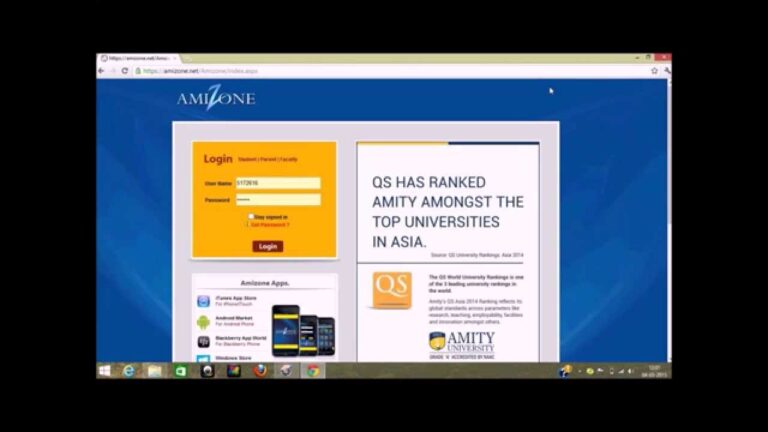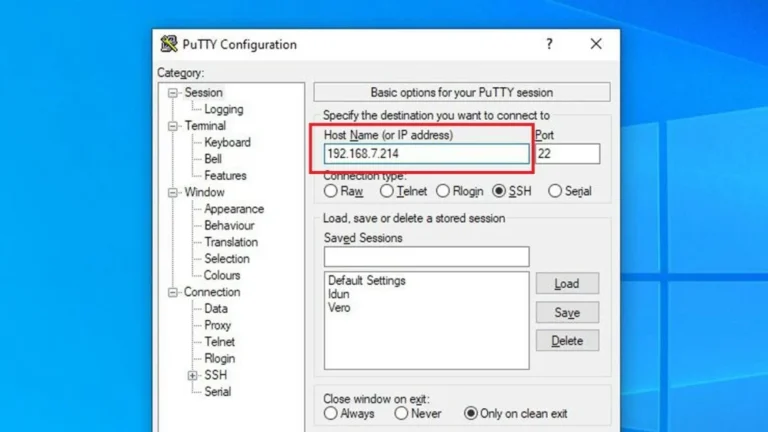Transaction Monitoring Software – A Necessity in the Age of Digitization
Money laundering techniques are becoming more advanced due to the sharp rise in the volume of financial transactions occurring globally. On the other hand, transaction monitoring in money laundering presents considerable difficulties for financial firms. Trillion dollars are spent annually by fintech companies worldwide to combat money laundering. However, during the past couple of years, transactional monitoring software has developed as a practical component of anti-money laundering measures. In addition to keeping a check on the odd transactions to and from established clients, financial institutions have created a framework for monitoring transactions.
To reduce the danger of money laundering as well as terrorism financing, banking firms can use transaction monitoring software. Companies also develop consumer risk profiles and use improved due diligence procedures if needed.
Why Do firms Require Transaction Monitoring Software?
Anti-money laundering laws must be followed by financial institutions. Monitoring and blocking suspicious transactions utilizing transaction tracking software is a crucial aspect of adhering to these rules. A firm could do the following with the aid of know your customer transaction tools:
- avoid any AML penalties
- boost the confidence of banking partners and regulators
- lower the operational costs of physical reviews
- handle client accounts through a risk-based method
Intelligent Technologies Reshaping Traditional Transaction Monitoring Strategies
Financial crimes, particularly incidents of money laundering, are always on the rise and are growing globally even though the range of corporate institutions are now employing automated systems to monitor transactional operations. However, due to their inability to identify and stop sophisticated financial crimes, manual methods are ineffective in this age of digitization.
The real-time transaction monitoring and the method for reporting questionable financial activity are both significantly improved by advanced systems like artificial intelligence that are incorporated with big data. The tracking, processing, and assessment of anomalous transactions could all be automated by financial institutions with the help of technology.
Systems powered by ML and AI also deliver more precise verification results and produce comprehensive assessments of continuing enhanced due diligence. The fraud transaction monitoring system also updates the client profiles for any new or ongoing financial offenses in the future.
In order to improve the precision of risk analysis, emerging innovations are helpful in identifying abnormalities and removing redundancy from client records. Deep neural learning is a sophisticated use of machine learning. The development of artificial neural networks which are really activated by the human brain and has multiple neural layers capable of successfully learning vast amounts of data. KYC transaction monitoring systems are effective to overcome obstacles without human involvement because deep neural network techniques may conduct tasks in a continuous fashion, increasing the results.
KYT Solution Provider
The transaction monitoring process could take some time even if it seems like a straightforward operation. Financial institutions create procedures and regulations and work with outside parties to verify transactions against various global sanction lists and new as well as the old legislation.
A business may run into a number of problems while filtering transactions, like as
- New and better regulations are frequently implemented in an effort to combat fraudulent activity, making it challenging to remain updated with them.
- Creating KYT limitations.
- Human errors emit any person from the fine lists.
Additionally, if a client has improved their methods and found a way to conceal their illicit funds, both the business and the offender will face legal action. If the business did not foresee the unlawful activity, penalties would be applied to both the culprit and the company.
Challenges of Transaction Monitoring Software
Although transaction monitoring technology is mandated by law, firms and risk management authorities argue about how useful it is. The following factors contribute to this:
- Additional cost: Transaction control systems may be implemented internally or externally. It costs money to incorporate, analyze, and upgrade in either case.
- Resource-intensive: As companies scale, the software makes it possible to handle a lot more information, but manual alert verification and report production still require a properly equipped risk management team.
- Time-consuming: The regulatory staff may need to invest a significant amount of time as well as effort in monitoring the numerous reports.
Final Thoughts
It’s crucial to realize that knowing a person doesn’t mean understanding all of their transactions. In order to cope with high-risk payments and fraudsters swiftly, all aspects of banking transactions are reduced to a single point. The very first choice should be to employ transaction monitoring software. The monitoring software offers a myriad of benefits in addition to serving as a trustworthy identification check that must not be disregarded. It enhances consumer confidence in the organization while reducing financial crimes.






